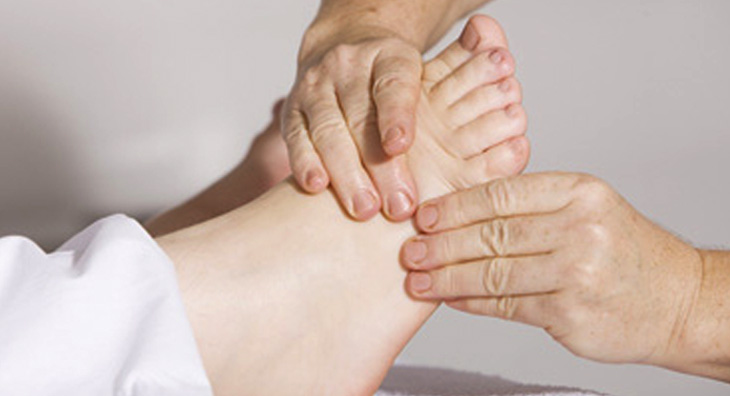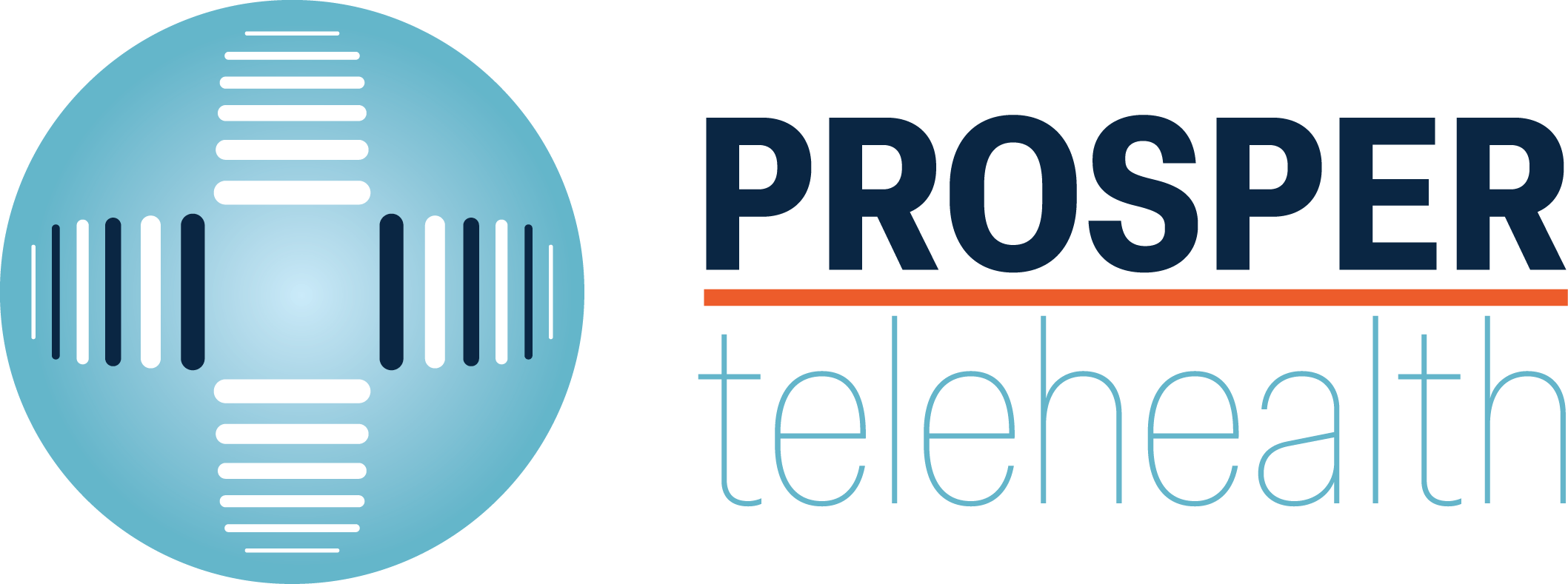
Remote patient monitoring, also referred to as remote physiologic monitoring, is the use of digital technologies to
monitor and capture medical and other health data from patients and electronically transmit this information to
healthcare providers for assessment and, when necessary, recommendations and instructions.
Remote Patient Monitoring (RPM) allows patients to use mobile medical
devices and technology to gather patient-generated health data and send it
to healthcare professionals. Common physiological data that can be
collected with RPM programs include vital signs, weight, blood
pressure and heart rate.
RPM is frequently used to help patients that require chronic, post-discharge
or senior care. By connecting high-risk patients with remote monitoring, it
can notify healthcare organizations of potential health issues or keep track
of patient data between visits.
FAQs
Remote Patient Monitoring (RPM)
Billing Codes
Requirements for 99435 & 99454
- Physiologic data must be electronically collected and automatically uploaded to the secure location where the data can be available for analysis and interpretation by the billing practitioner
- The device used to collect and transmit the data must meet the definition of a medical device as defined by the FDA
- Remote physiologic monitoring data must be collected for at least 16 days out of 30 days. During the public health emergency for COVID19, if a patient is suspected or diagnosed with COVID19, data can be collected over as few as two days
- Remote physiologic monitoring services must monitor an acute care or chronic condition
- The services may be provided by auxiliary personnel under the general supervision of the billing practitioner
What are the requirements for patient qualification?
As of 2021, CMS clarified that RPM services may apply to and be medically necessary for both patients with acute conditions and chronic conditions.
Some chronic conditions that commonly benefit from RPM include hypertension, diabetes, congestive heart failure, and obesity while acute conditions may consist of more fleeting or mild illnesses such as asthma, nausea, or the common cold.
What documentation is required?
- practitioner order for device deployment;
- condition(s) for which the patient is being monitored;
- device identification;
- date of delivery of the device to the patient; and.
- date(s) on which training is provided to the patient.

